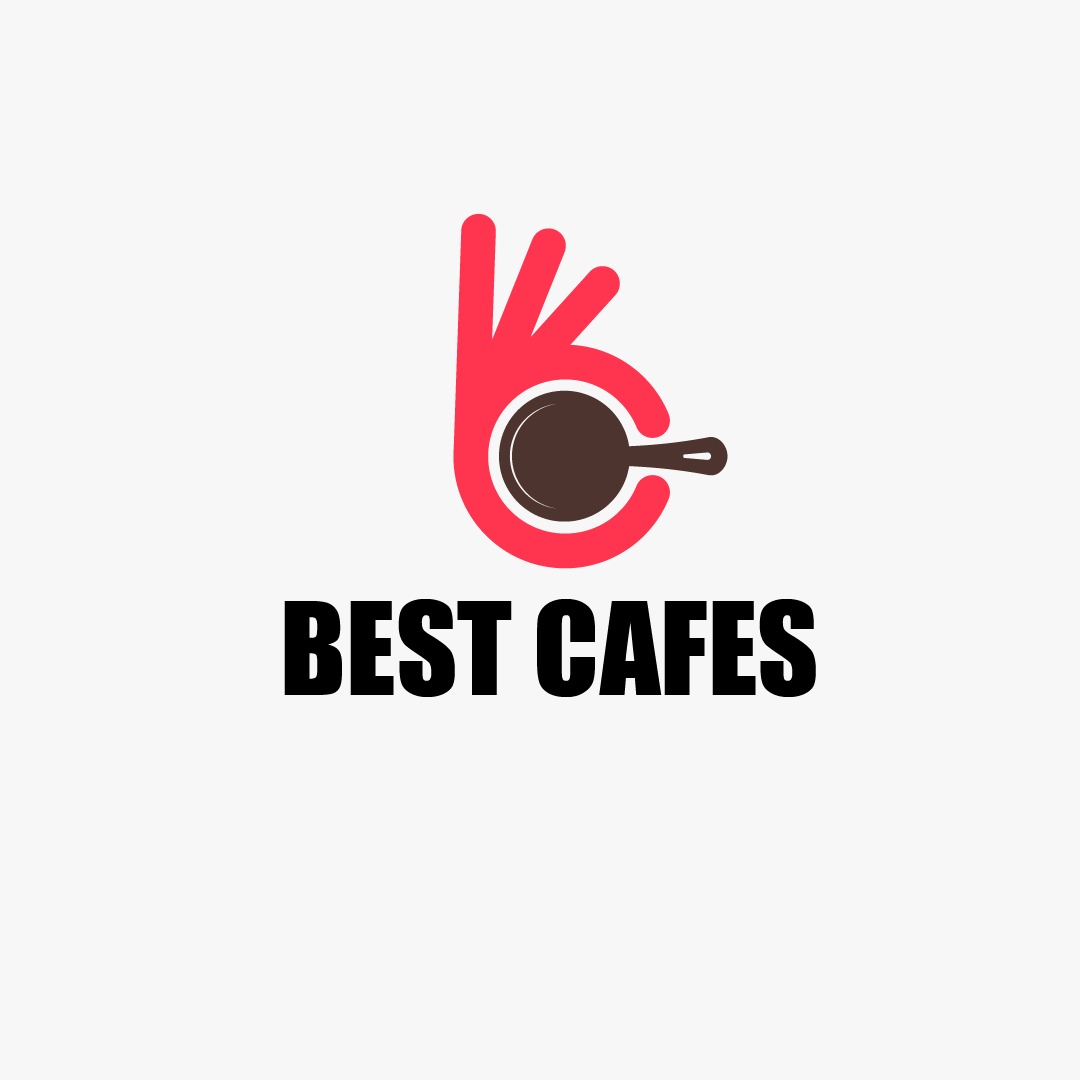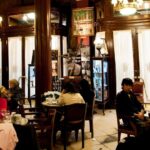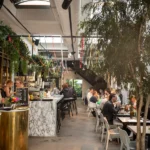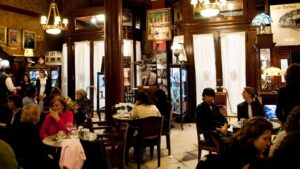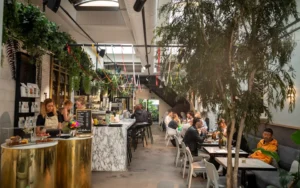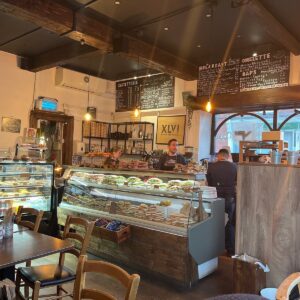Leche y Café: A Rich Tradition of Milk and Coffee
What Is Leche y Café (Café con Leche)?
Café con leche literally means “coffee with milk.” It’s a hot drink made by combining strong coffee, usually espresso, with an approximately equal amount of scalded or steamed milk.
- Originating in Spain, it has spread across Latin America and beyond
- Commonly served in breakfast cups (200–250 ml) and often sweetened to taste
- The ratio can vary: some prefer clarito (lighter, more milk) or oscurito (darker, stronger coffee)
How Is It Made?

- Espresso (or moka pot coffee) is brewed.
- Whole milk (or alternatives) is heated just below boiling and then poured over the coffee.
- Sugar may be added to the milk or stirred in after serving; Cuban and Puerto Rican versions often add sugar.
According to The Spruce Eats, cafe con leche can be made in about 15 minutes with a stovetop espresso maker and heated milk—no fancy equipment required.
Café con Leche vs Similar Coffees
- Both latte and cappuccino use more milk (latte ~1:3 ratio, cappuccino adds foam).
- Cortado is espresso “cut” with a bit of warm milk; smaller and less milky.
- Café au lait generally uses brewed coffee rather than espresso.
Health Benefit: Coffee with Milk
Kiwilimon notes that combining coffee’s polyphenols with milk’s amino acids may help combat inflammation. However, a recent study suggests cow’s milk might inhibit coffee’s beneficial antioxidants; plant-based milks (soy, oat, almond) may preserve coffee’s antioxidant effects.
Cinnamon Twist: Café con Leche y Canela

Adding canela (Mexican cinnamon) to café con leche is a popular variation:
- Somos Jaló highlights benefits: better concentration, natural stimulant, antioxidants, and anti-inflammatory effects.
- Cinnamon is known to help stabilize blood sugar and enhance cognitive alertness, says a neurologist recommending it in coffee.
- Traditional Mexican café de olla uses canela sticks for infusion and gentle sweetness.
Spotlight: Pan y Leche Bakery & Café (Wilmington, CA)

- Founded in 1981 as El Centavo Bakery, it became Pan y Leche Bakery.
- Located at 713 W Anaheim St, Wilmington, Los Angeles area.
- Offers Latin pastries (pan dulce), empanadas, breakfast burritos, tacos, and a range of hot drinks like café con leche and café de la olla.
- A fusion bakery-deli with a warm, authentic atmosphere serving sweet and savory Latin dishes.
FAQ: Leche y Café
Q: Coffee is served separately from milk—is that normal?
Yes. In parts of Spain (e.g., Madrid), cafés sometimes serve espresso and milk separately. A TikTok video from Tenerife showed surprise over this presentation ElHuffPost.
Q: Is there a risk of nutrient loss adding milk?
Yes. Nutritionists warn that drinking coffee or milk right after foods may reduce absorption of minerals like iron and zinc due to tannins or calcium competition Diario AS.
Summary Table
Leche y Café: A Rich Tradition of Milk and Coffee
What is Leche y Café?
Leche y café—or café con leche—is a beloved hot beverage from Spain and Latin America, made with equal parts strong coffee (espresso or moka) and scalded milk . It’s traditionally served in 200–250 ml breakfast cups and often sweetened to taste .
How is it prepared?
Brew strong coffee via espresso or moka, heat whole milk until it’s hot but not boiled, and pour it over the coffee . Sugar is optional many Cuban and Puerto Rican styles include it .
How does it compare to other drinks?
Unlike lattes or cappuccinos (which use more milk and foam), café con leche maintains a balanced 1:1 ratio . It’s larger than a cortado, which uses less milk .
Health insights:
Milk adds protein and calcium—but may block some coffee antioxidants. For optimal benefits, plant-based alternatives like oat or almond milk can be used .
Add cinnamon?
Yes. Known as café con leche y canela, adding canela provides flavor and health benefits—boosting concentration, metabolism, and inflammation reduction Somos Jalos.
Spotlight: Pan y Leche Bakery & Café
Founded in 1981 in Wilmington, CA, this Latin fusion bakery offers pan dulce, empanadas, tacos, burritos, and hot drinks like café con leche and café de olla . Located at 713 W Anaheim St, it brings the warmth and flavors of Latin America to the LA harbor community
FAQ
- Is it okay to serve espresso and milk separately?
Yes—some Spanish cafés serve them apart so you can mix to preference . - Does milk affect nutrient absorption?
Consuming coffee or milk immediately after food may decrease absorption of iron and zinc .
